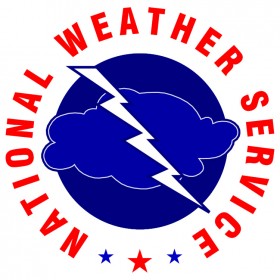
JAMESTOWN, N.D. (NewsDakota.com) – The National Weather Service (NWS) has released their latest flood and water resources outlook for Missouri and James River Basins.
The outlook will be the last update in the Spring Flood and Water Resources Outlook series. The NWS will return to regular monthly issuance on the fourth Thursday of each month.
In the James River Basin, the NWS reports that only modest amounts of the snow water equivalent (SWE) have been removed from the countryside. The Prairie Pothole region, which includes parts of Sheridan, Wells, Kidder, Stutsman, Logan, McIntosh, and Dickey Counties.
“[These] counties have enough SWE to suggest overland flooding will continue to be concern going into Spring,” the NWS states.
“Even if visually the snowpack appears to be considerably depleted, the runoff has not yet reached Pipestem Creek or the James River. Much of the meltwater generated is still trapped on the countryside and is expected to begin showing up in earnest during the latter half of March. Downstream of Jamestown has seen only modest amounts of water making its way into the James and Maple Rivers. While it would have been beneficial to see the latest warm spell last a few more days to help remove more SWE from the countryside, it would appear that this area will now be entering a week or more of suspended animation. This suspension of the melt and potential for adding more SWE over the coming days are part of what is keeping the risk for flooding substantially elevated at points along the lower James River in North Dakota.”
Overall, the NWS reports that western and central North Dakota have been under a favorable weather pattern for producing a gentle melt. The James River basin continues to see a true concern with snow water equivalent.
“Some streams have already experienced minor flooding and several others are relatively high due to runoff. Ice james have not yet been a problem in western and central North Dakota, most likely due to the modest amount of runoff and gentle metl conditions,” the NWS reports.
